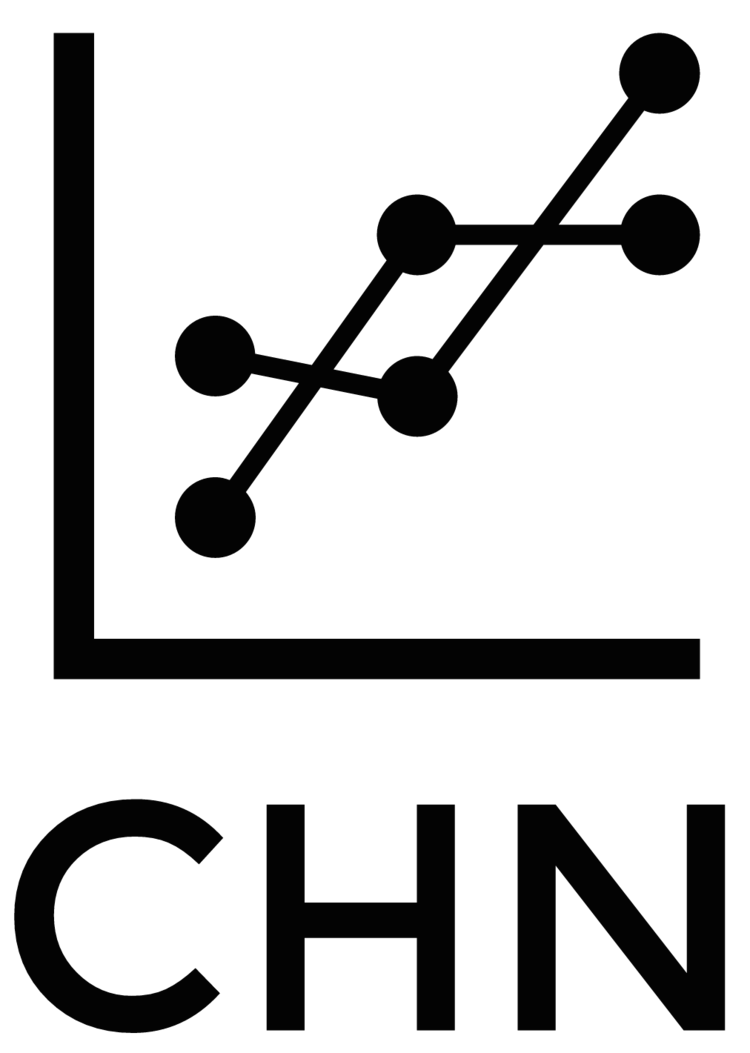For the third episode of the Climate History Podcast, Dr. Dagomar Degroot interviews two leading archaeologists of the medieval and early modern Arctic: Dr. Thomas McGovern of the City University of New York, and Dr. George Hambrecht of the University of Maryland College Park. Since 1972, Professor McGovern has travelled the world for archaeological fieldwork. He has spent much of his time in the far north, especially in Greenland, Iceland, the Faeroes, and Shetland. He is one of the founders of the North Atlantic Biocultural Organization (NABO). More
CHN Winter Newsletter Published
Nicholas Cunigan, our newsletter editor, has just published the Winter 2016 issue of our quarterly Climate History Newsletter. The newsletter includes a letter from our administrators, a summary of climate history initiatives at major universities, a long list of recent publications, and highlights from our website content over the last four months.
Download the newsletter by clicking here.
CHN Awards Successes and Website Redesign
We are delighted to announce that the Climate History Network has received two substantial awards from competitive programs at Georgetown University. The first, a Research Infrastructure Award, will support a major expansion and redesign of our online presence. Co-administrator Dagomar Degroot has already used a small part of the award to give the Network a shorter domain name and an updated website. The second award comes from the Georgetown Environment Initiative Impact Program. It will fund annual "Climate History Workshops" dedicated to hands-on, interdisciplinary skills training. It will also support a major "Conflict and Climate Change" conference, likely in 2017. These events will be hosted by Georgetown University. This is a transformative moment for the Climate History Network. We are thrilled to have an institutional home at Georgetown.
Teaching Climate History in a Warming World
Note: these interviews constitute a climate history teaching guide that is now in our new teaching section.
This semester, I taught my first course devoted exclusively to the environmental history of climate change. The course was, as one of my senior auditors pointed out, unusually ambitious. Luckily, I had a group of brilliant, hard-working students who embraced its challenges. Their coursework included a fifteen-page essay that connected a change in past global or regional climates to an episode in human history. They had to find a topic and then use a primary source to make an argument about that topic. They needed to support their argument using a blend of scientific and humanistic scholarship. The results were impressive, and you can read some of the abstracts here. Read more
Second Episode of the Climate History Podcast: A Conversation with Sam White
In the second episode of the Climate History Podcast, Dr. Dagomar Degroot interviews the co-founder and co-administrator of the Climate History Network: Dr. Sam White of Ohio State University. Professor White is one of the most innovative and respected environmental historians of the "Little Ice Age," a period of climatic cooling that, according to some definitions, affected most of the world from the fourteenth through the nineteenth centuries. Professor White's first book, The Climate of Rebellion in the Early Modern Ottoman Empire, was published by Cambridge University Press in 2011. In it, Professor White uses interdisciplinary methods and sources to explore how climatic cooling and drying shaped the history of the Ottoman Empire. Read more
Old World Drought Atlas Online
The Old World Drought Atlas is now online, offering gridded reconstructions of annual wet/dry conditions in Europe and the Mediterranean over the past 2,000 years, based on a network of tree rings. It follows two similar projects: the North American Drought Atlas and the Monsoon Asian Drought Atlas. The authors introduce the project and some preliminary findings in a new article in Science Advances available free online.
Report on the Princeton Paleoclimate-Dendroclimatology Workshop
By Preston Lann, Georgetown University.
The Paleoclimate-Dendroclimatology Workshop for Pre-Modernists was presented at Princeton University on September 15-17, 2015. It was arranged by Princeton University Department of History staff Dr. John F. Haldon, Dr. Tim Newfield, and Lee Mordechai. The workshop was instructed by Dr. Jürg Luterbacher and Dr. Ulf Büntgen. Dr. Jürg Luterbacher is a geographer from the Department of Geography / Climatology, Climate Dynamics and Climate Change at the University of Giessen in Giessen, Germany. Dr. Ulf Büntgen is a dendroclimatologist and head of the Dendroecology Group at the Swiss Federal Research Institute WSL in Zurich, Switzerland. There were approximately 20 participants from the fields of history and archeology, coming from the US, Canada, Poland, and Guyana.
The first day was instructed by Dr. Jürg Luterbacher and consisted of climate in the Eastern Mediterranean/Middle East from instrumental data; trends, variability, extremes and processes. It also included looking back in time before the instrumental period, and an introduction to paleoclimatology in regards to how information from natural archives and from written sources can be used and integrated to better understand local climate and environmental changes.
The second day was instructed by Dr. Ulf Büntgen and consisted of dendroecological fieldwork with an emphasis on tree-ring site selection and sampling strategy at the Princeton University campus. This was followed by an introduction into dendroclimatological techniques, including tree-ring detrending and chronology development, as well as dendroclimatological applications with foci on practical exercises using ARSTAN (detrending and chronology development) and the KNMI climate explorer (growth-climate response analyses) to assess proxy characteristics with simple statistics and visualize paleoclimatic information.
The third day was a join session instructed by both Dr. Luterbacher and Dr. Büntgen and consisted of dendroecological cross-disciplinary examples of modern tree-ring research that went from local proxy information to large scale climate and environmental reconstructions; statistical approaches, assumptions and uncertainties; a climate history of the Eastern Mediterranean/Middle East for the past 2000 years. It concluded with a summary discussion and personal assistance to open issues in paleoclimatology in the Eastern Mediterranean and Middle East.







